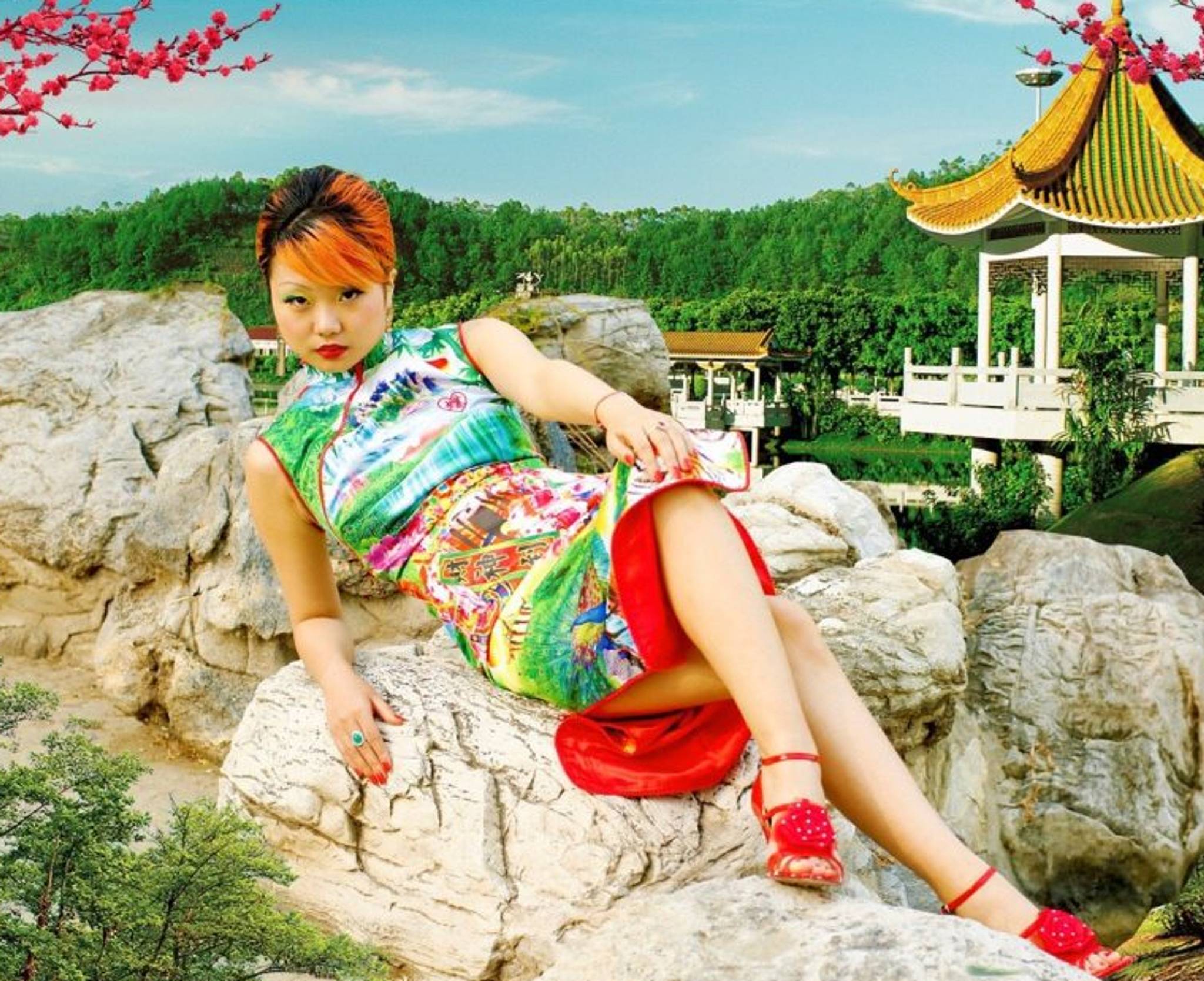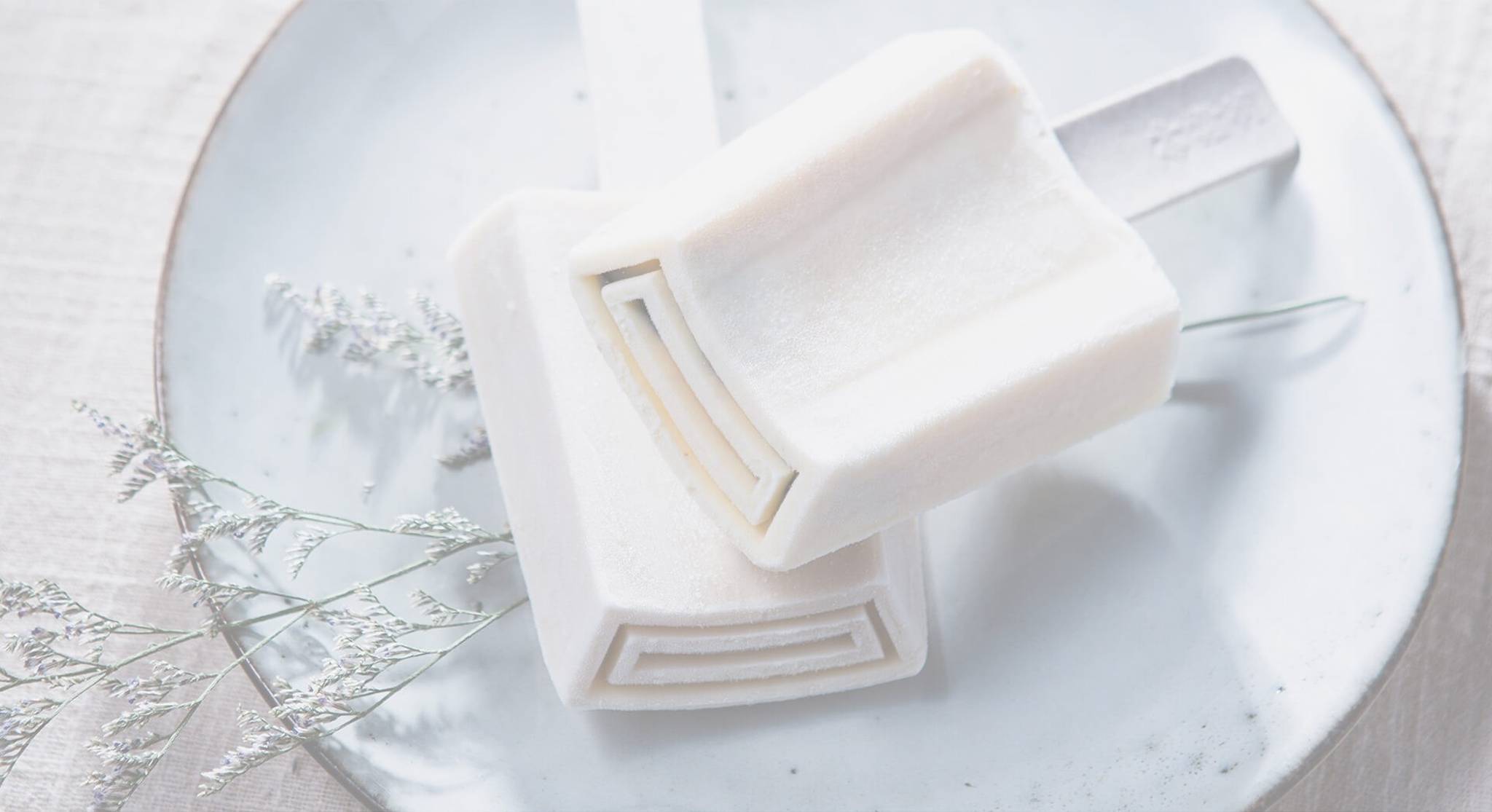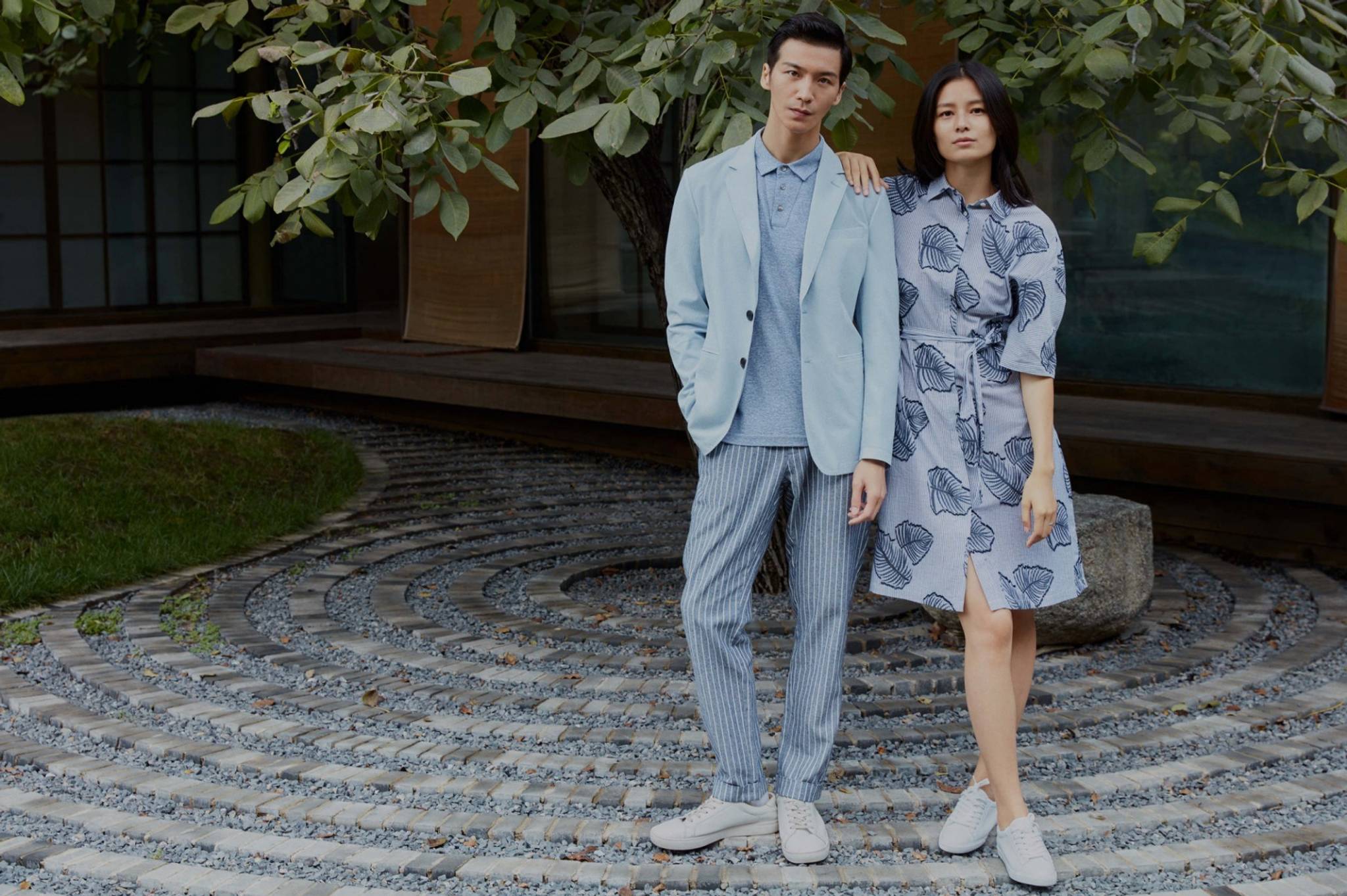
After rising to international recognition, Guochao captured the attention of global brands. But many campaigns have fallen flat due to a lack of deep understanding of the concept. Canvas8 spoke to Xiaojing Huang, a renowned design strategist and trend expert, about the nuances of Guochao.
- Sectors
- Location
- Generations
Xiaojing Huang is a renowned design trend expert and strategy director of YANG DESIGN, with clients including Boeing, BMW, Nissan, Hyundai, Huawei, and Unilever. Since 2013, she has been the chief editor of China Design Trends Report, an authoritative annual trend report for the Chinese market. Xiaojing is the winner of the Red Dot Design Award, IDEA and Design For Asia Silver Award, and Influential China Young by Linkedin. She is also a writer in China Home Trend Report, China Sub-culture Lifestyle Report, Aging Design Trends Report, and magazine design columns.
Avinash Akhal is a behavioural analyst at Canvas8. He holds a Masters degree in Economics from the University of Manchester and formerly worked as a researcher at the Education Policy Institute. Outside of work, he is either crafting his boxing skills, listening to a podcast or losing money on the stock market.



